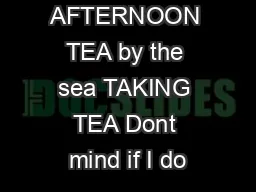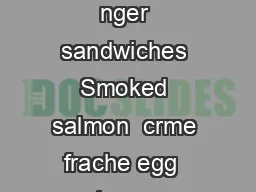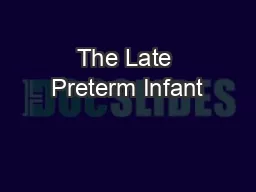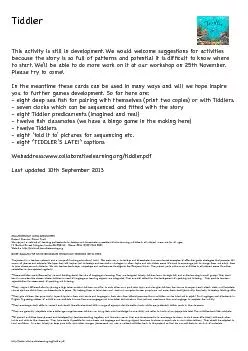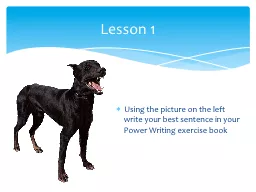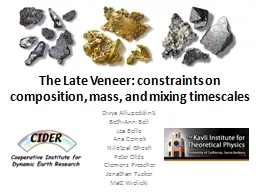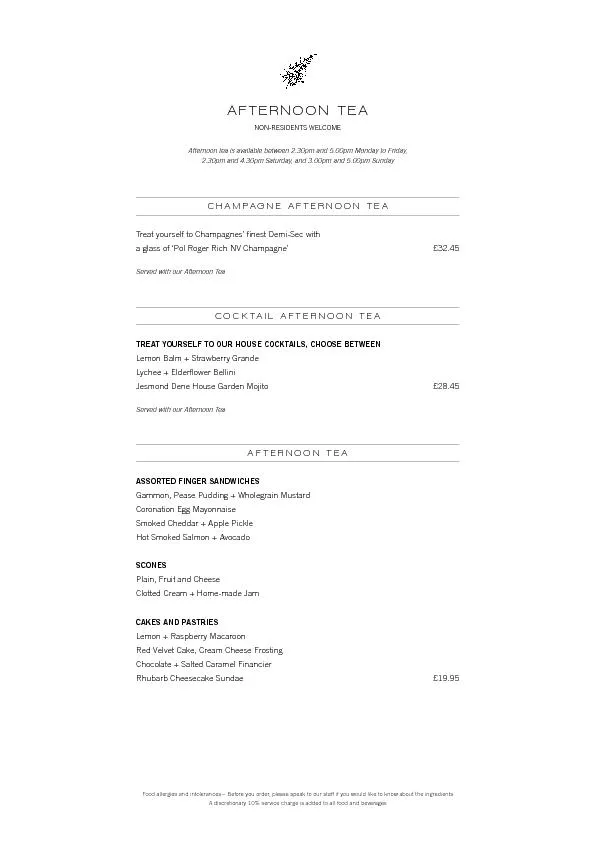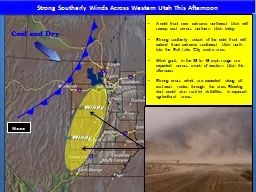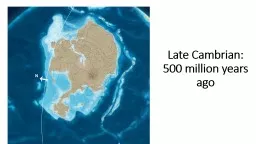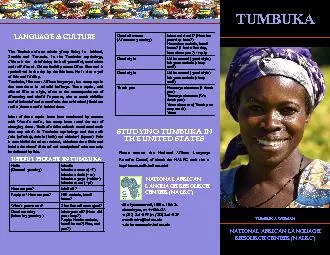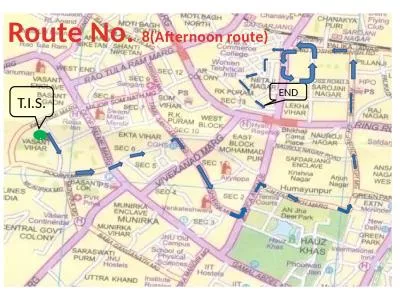PPT-2 It Was Late Afternoon…
Author : lastinsetp | Published Date : 2020-08-28
I was washing dishes at the river with six other girls We tried to run but they caught us Three girls resisted To punish them they cut off their ears They knifed
Presentation Embed Code
Download Presentation
Download Presentation The PPT/PDF document "2 It Was Late Afternoon…" is the property of its rightful owner. Permission is granted to download and print the materials on this website for personal, non-commercial use only, and to display it on your personal computer provided you do not modify the materials and that you retain all copyright notices contained in the materials. By downloading content from our website, you accept the terms of this agreement.
2 It Was Late Afternoon…: Transcript
Download Rules Of Document
"2 It Was Late Afternoon…"The content belongs to its owner. You may download and print it for personal use, without modification, and keep all copyright notices. By downloading, you agree to these terms.
Related Documents


